Is named Sagnier House and promises to become one of the most desired boutique hotels in Barcelona. After all, not every day you can sleep in the house of a master of modernism.
It would be in 1892 when Enric Ferran Josep Lluís Sagnier i Villavecchia (1858-1931) acquired a plot of land in the Rambla de Catalunya to design the family home and studio that he would occupy until the end of his days. Also the corner where the one who has been architect most prolific artist in Barcelona would create some of his best-known works.
A NEW BUILDING
In the “Dolors Vidal de Sagnier House” , baptized like this because, as Lluís Permanyer, an expert in the architect and chronicler of Barcelona, explains, "putting the woman's name on the properties was something typical of the Catalan bourgeoisie of the time"; sagnier designed a seven-story building without having, for the first time, to render accounts to any client.
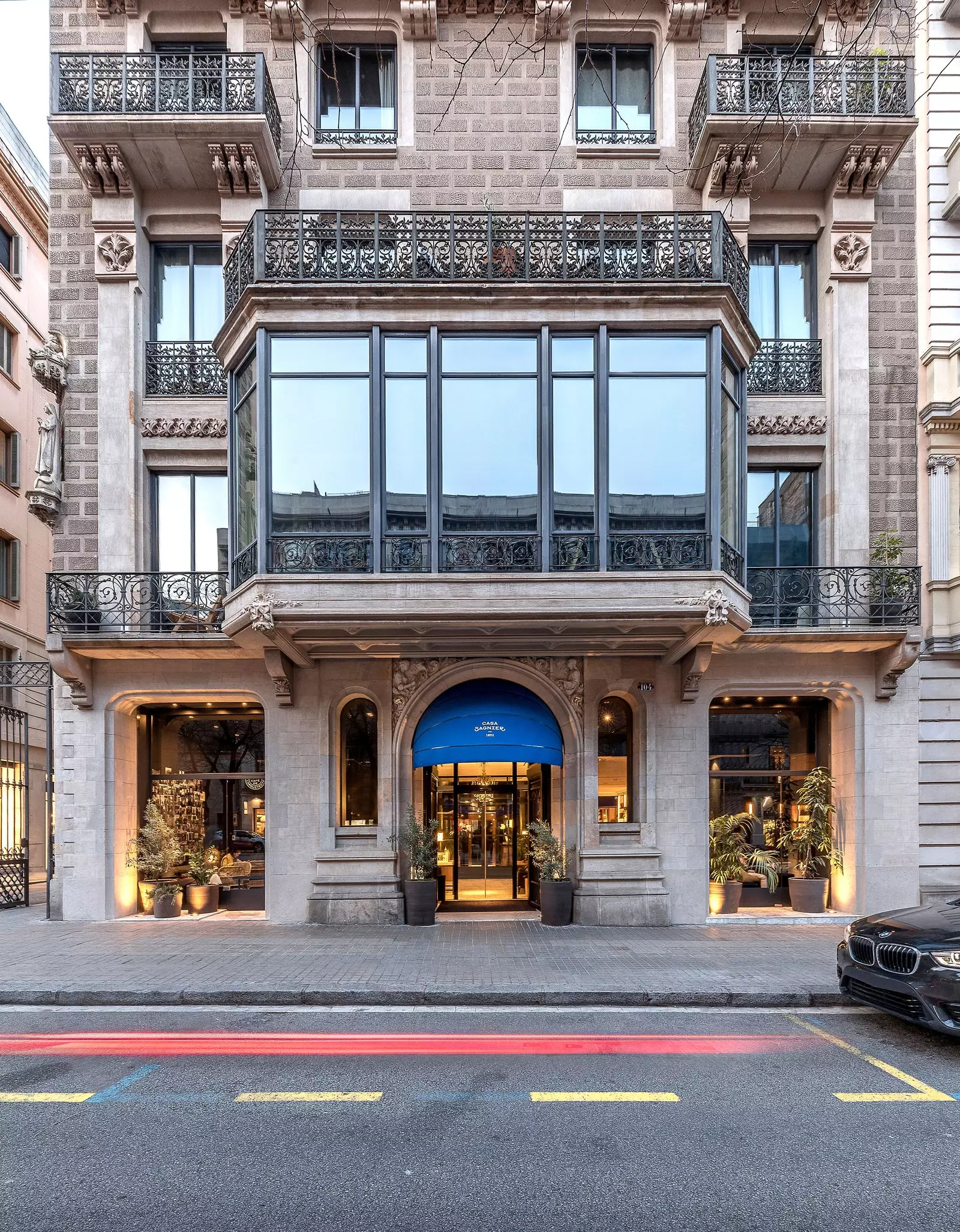
Facade of the Casa Sagnier hotel.
True to his modernist style with French touches, the architect designed a facade that has been maintained over time and that combines neo-Gothic style elements with different ornamental sculptures, among which the medallions on the auction stand out, attributable to Francesc Pastor, and the image of the Immaculate Conception, the work of the sculptor Josep Llimona.
But without any doubt, the jewel in the Crown is the gallery with large windows that dominates the two upper floors. "He was first and foremost a very practical person," says Permanyer. For this reason, at a time "when the bourgeoisie was still betting on settling on the first level, the main one, he created his workplace here so that customers could enter and leave easily."
The location of the office led to raising the house to the upper floors, normally reserved for the service due to the lack of elevators. “Sagnier installed the main floor on the last two floors, surely creating the only house with the tribune on top” . A reform in the 20th century would create a second elevated gallery on the first floor, now present in the new hotel.
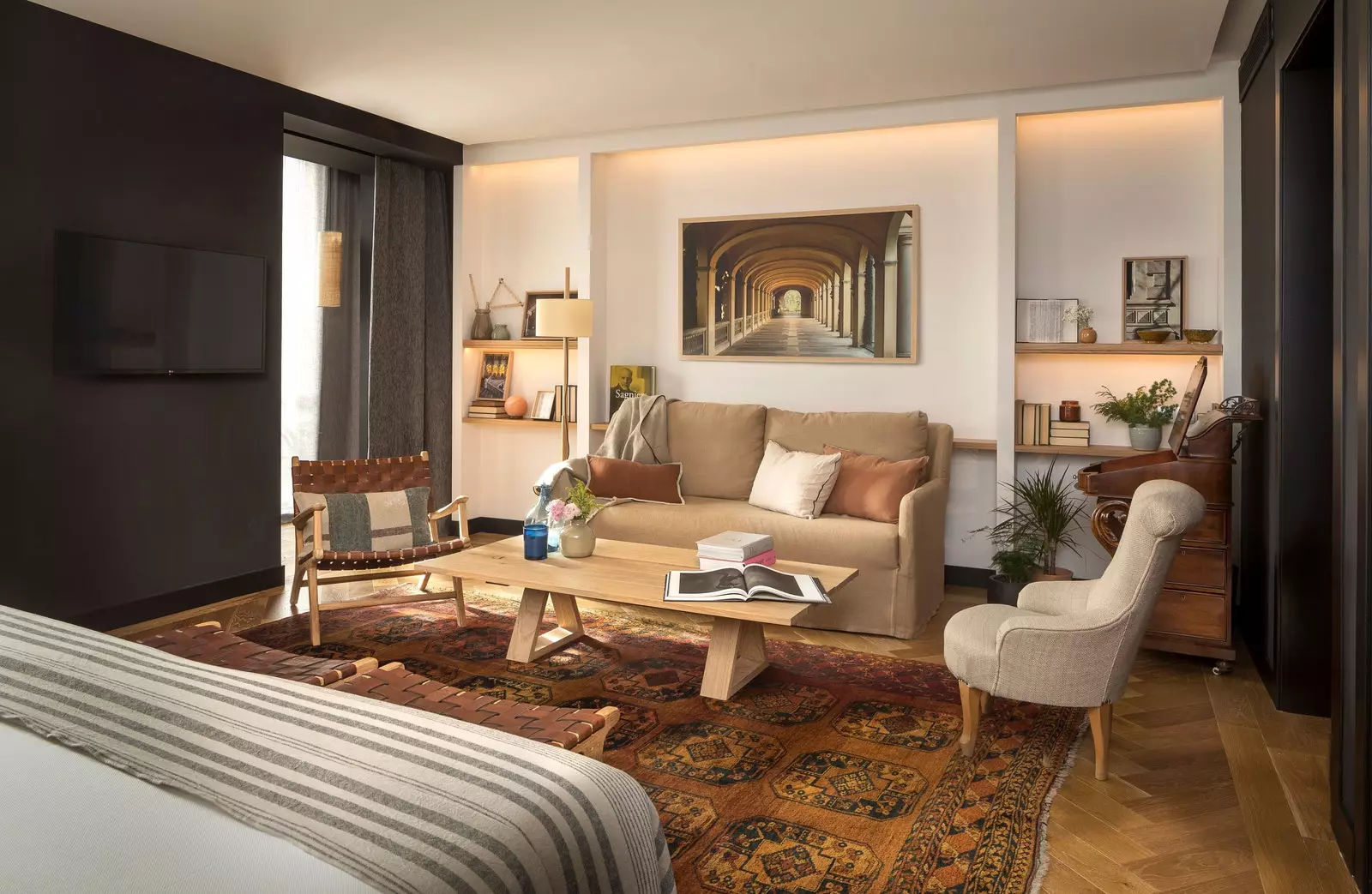
Suite at the Casa Sagnier hotel.
Pioneer in the art of moving into penthouses , the architect was also able to see the potential of what is now the second most important urban thoroughfare in Barcelona. Of course, at that time the boulevard looked very different.
As the chronicler tells us, “ at that time the Rambla de Catalunya was just an incipient promenade ". The celebration of the Universal Exposition had led to the burying of the stream from which the boulevard next to the New Barcelona would be born, already present in Gràcia. Still little exploited, "surely Sagnier chose this place because it was cheaper", adds the expert.
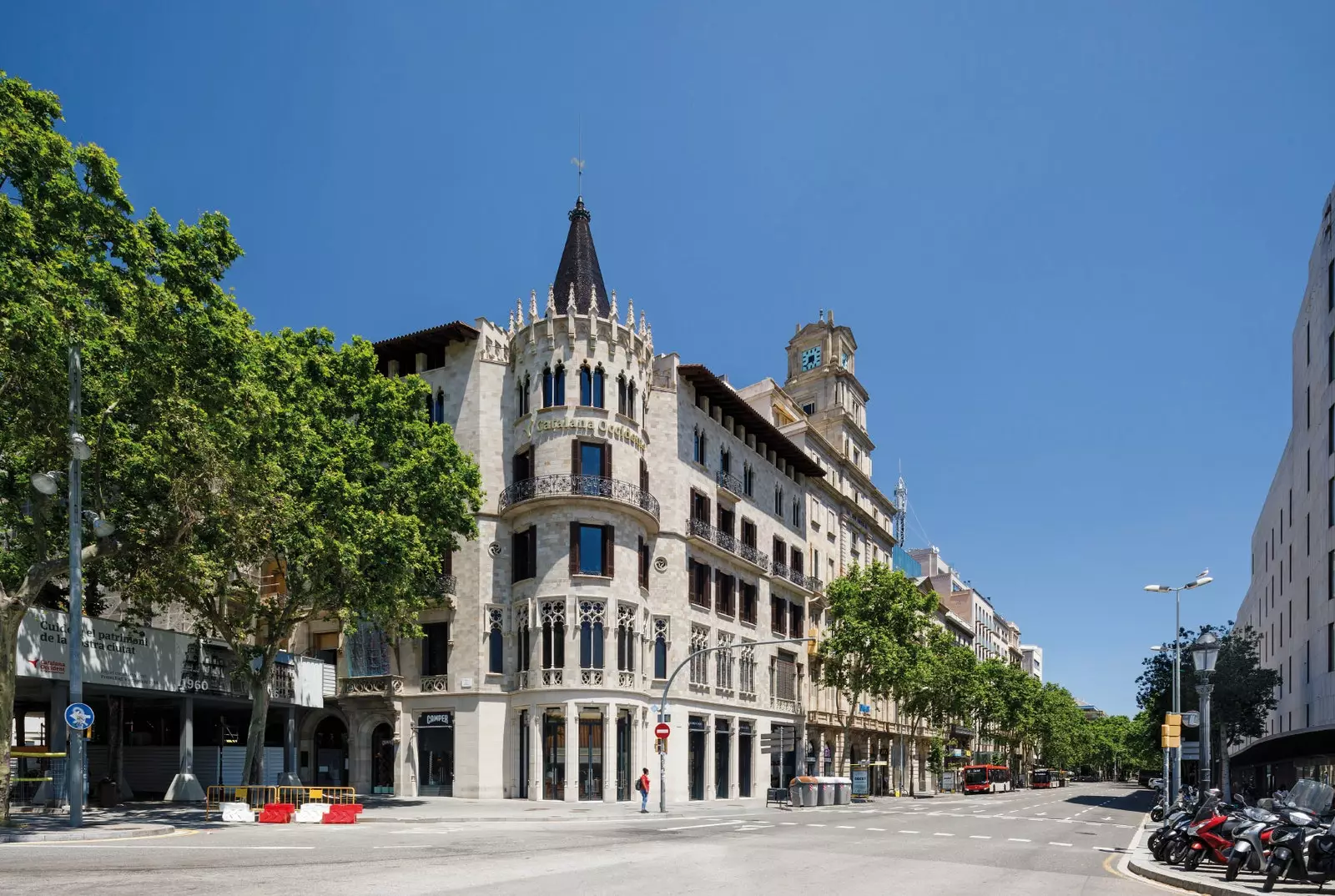
Pascual i Pons House.
THE MOST PROLIFIC IN THE CITY
When talking about modernism in Barcelona, there are five names that resonate: Sagnier, Lluís Domènech i Montaner, Josep Puig i Cadafalch, Antoni Gaudí and his disciple Josep M. Jujol. Of all of them, only the protagonist of this story can boast of having made nearly 400 creations in Barcelona.
Why did Sagnier build so much? “Because he knew how to adapt to clients”, concludes the expert. "In addition to to be the only one of the group that belonged to the upper bourgeoisie , something that opened many doors for him, it is true that if he had had a blunt like the one of Gaudi, he would have built much less”.
Among the most representative jewels of it awaits the temple of the Sacred Heart of Jesus, in Tibidabo. His alliance with the Church was also frequent, something that led him to earn the title of Marquis. "It was not the Crown, but the Church that gave him the pontifical title at the end of his days," says Permanyer.
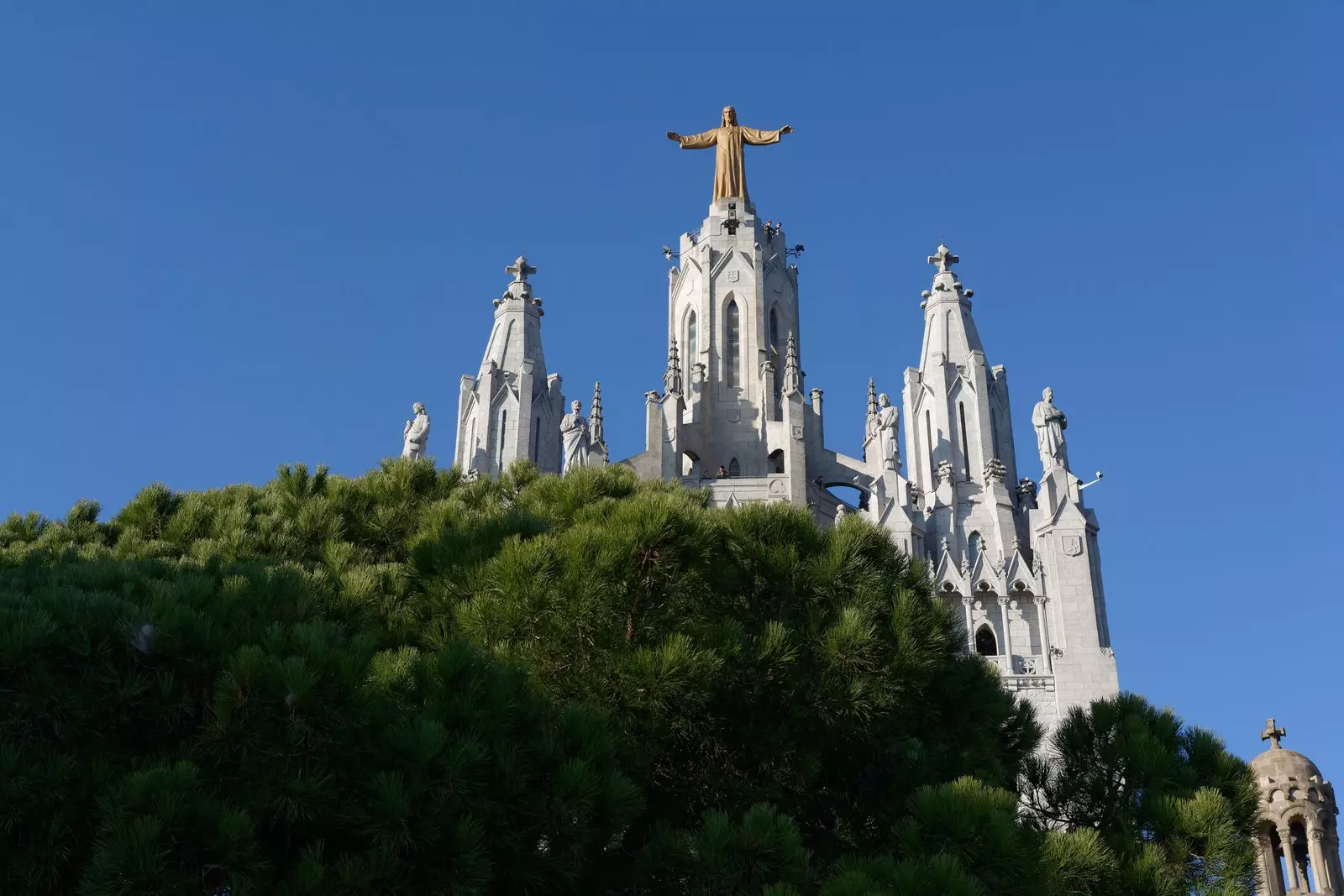
Temple of the Sacred Heart of Jesus in Barcelona.
RECREATION IN TIME
Jewels such as the aforementioned temple of Tibidabo, the Palau de Justicia , Customs or the Pascual i Pons houses bear the Sagnier signature. Y the plans of many of them were conceived behind the windows of the hotel today Casa Sagnier, which has renovated the interiors with care and respect.
Barcelona regulars will remember that until 2020 what is now Casa Sagnier was another hotel, the muttered . In operation since 2008, with the pandemic, the owners of the building, the Pérez-Sala family, recovered the property they had bought to the own descendants of Enric Sagnier in 1988.
Betting on paying tribute to the lofty first tenant of the estate, the owners of the hotel in Barcelona First first , they did not hesitate to reform and return the original character to the building. However, the idea was never to faithfully reproduce Sagnier's house, of which there is hardly any visual record.
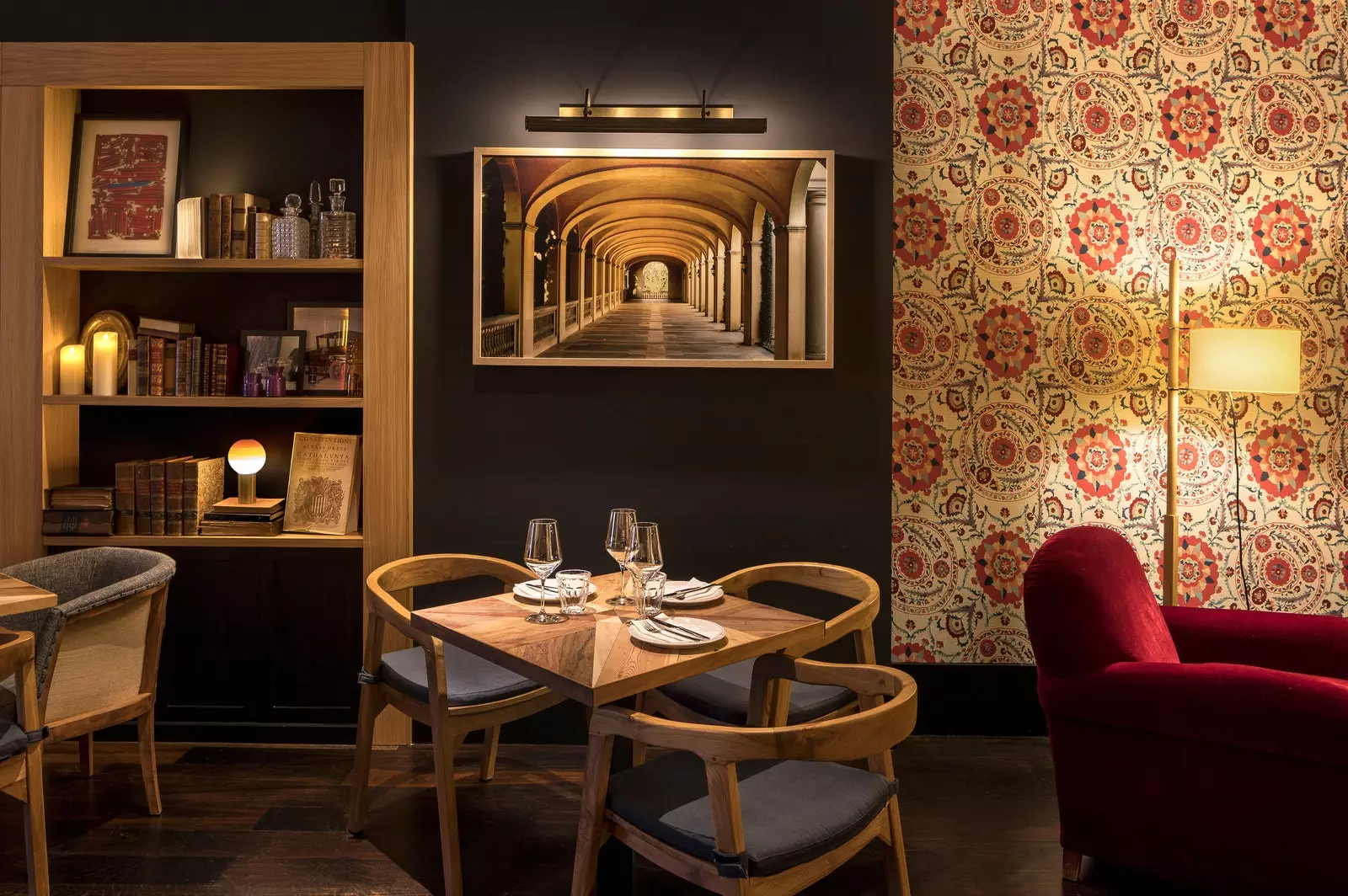
Hall of the Casa Sagnier hotel.
For this reason, the Federico Turull studio has designed home interiors that show the accumulation that occurs in every home, combining original elements, modernist winks and a contemporary setting.
In black and white tones, with wooden floors and rugs, reserving the classic carpet for the corridors, the 51 hotel rooms and 6 suites they are a mixture of noble and natural materials, recyclable, natural and acoustic fabrics, as well as original marble pieces that have been preserved even with scars.
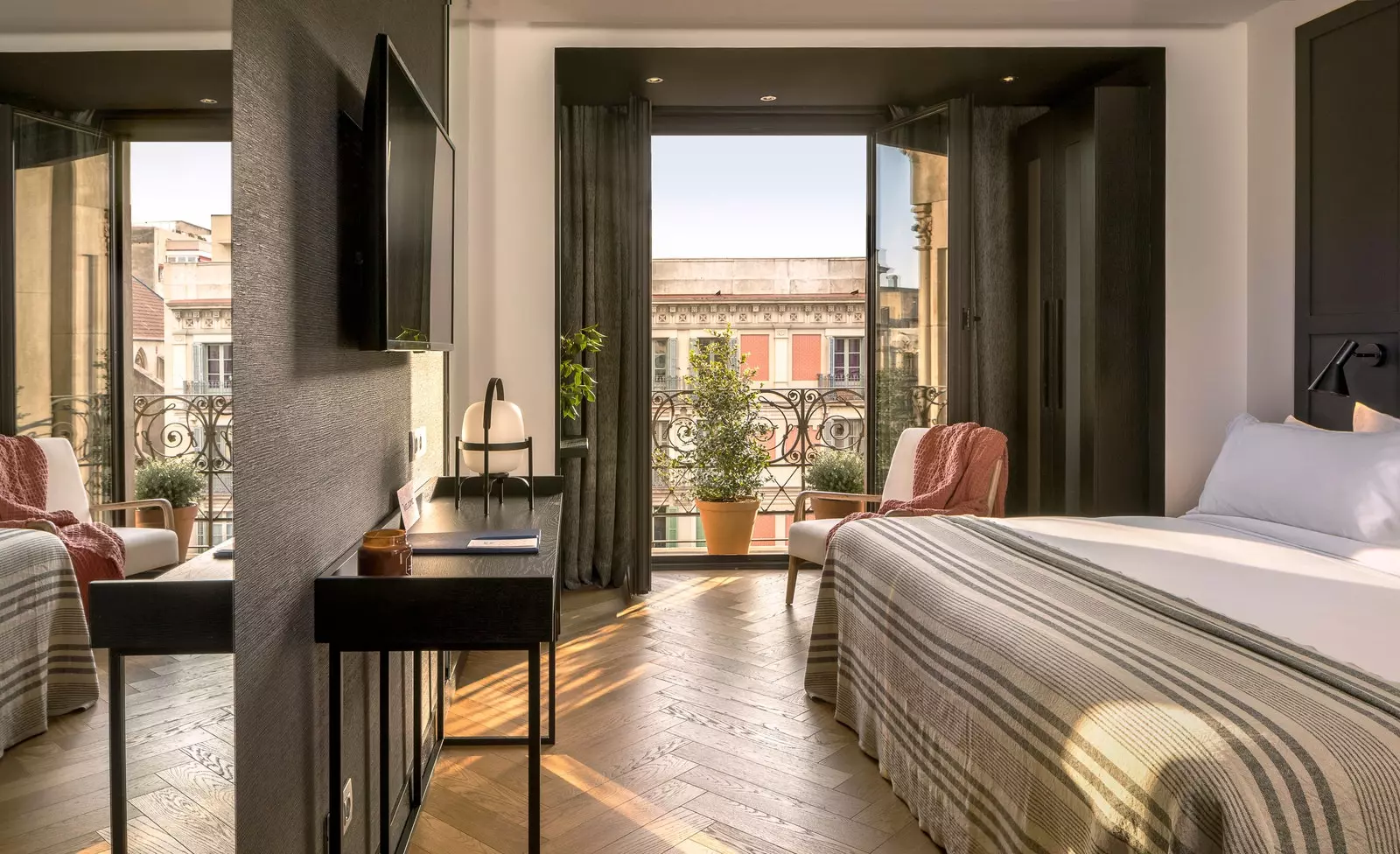
Superior room at the Casa Sagnier hotel.
For its part, the elephant studio , with Eva Balart and Juan Carballido, have created art installations evoking Sagnier , including a spectacular portrait of the architect made with stamps that presides over the fireplace in the living room-library.
With constant nods to craftsmanship , so important in that period, on the ground floor we find tributes to the architect's workshop , as well as Archive photographs provided by the Sagnier family itself.
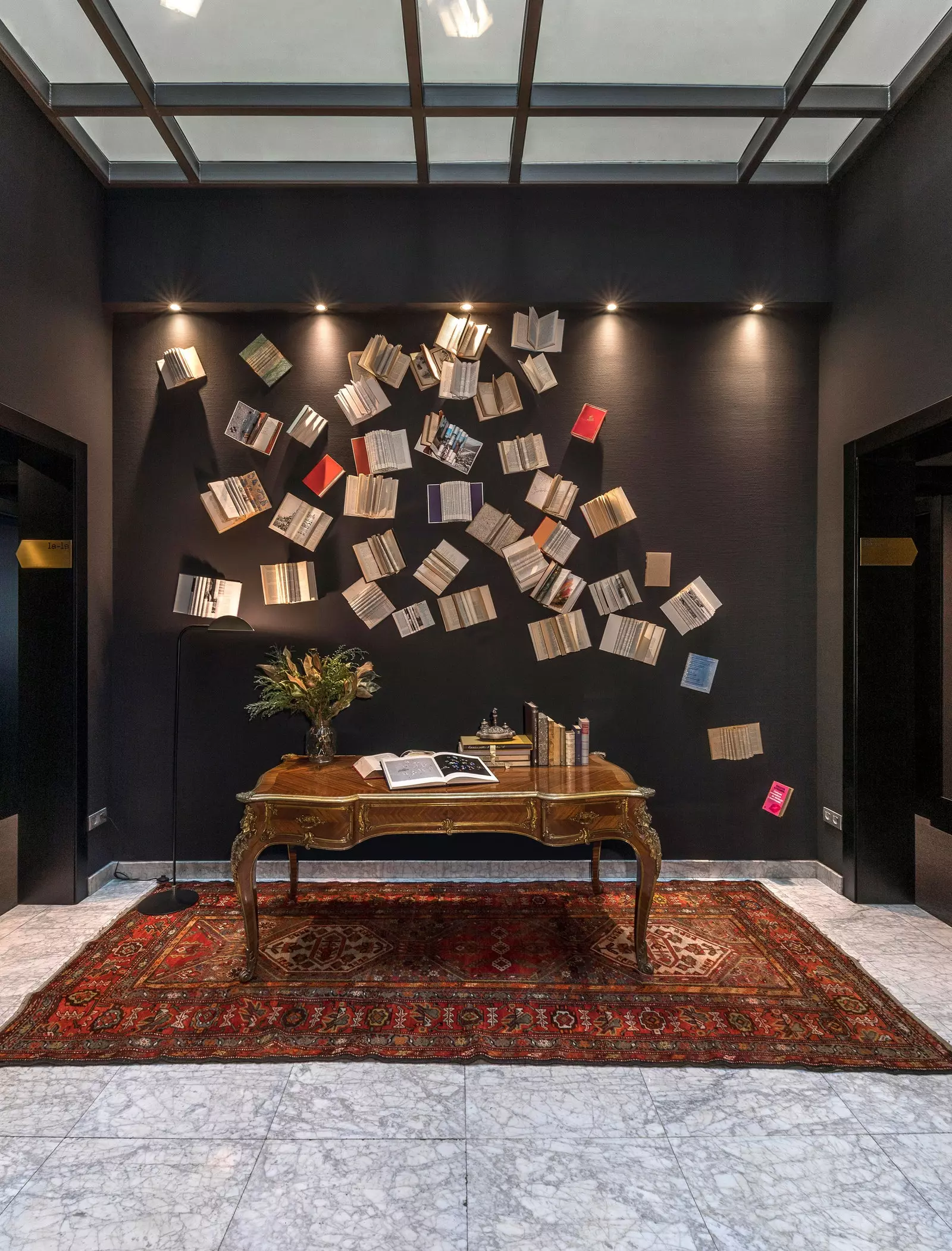
Artistic installation by the Elefante studio at the Casa Sagnier hotel.
There is also a Mediterranean culinary commitment in its Cafè de l’Arquitecte restaurant, with offer non-stop and that, surely soon, it will be one more must-see in the neighboring Passatge de la Concepción, a charming little street that has become a gastronomic enclave in Barcelona.
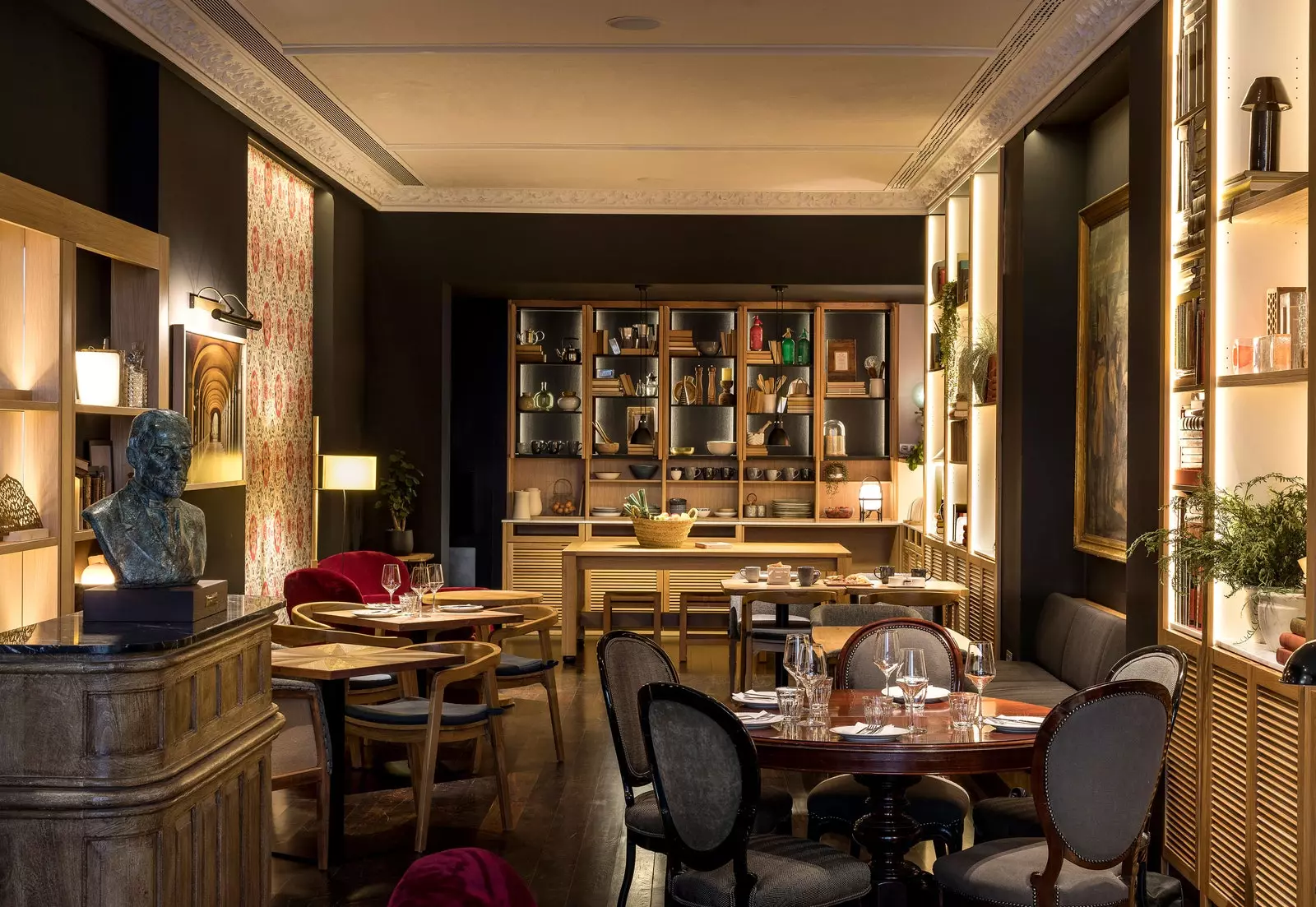
The Casa Sagnier restaurant.
